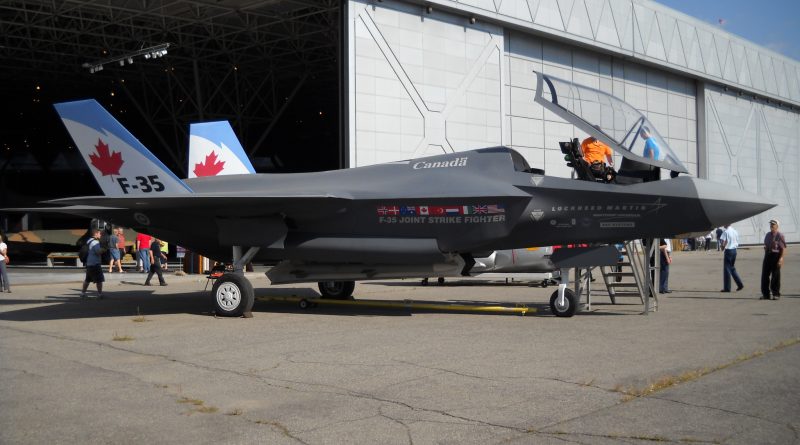The Canadian F-35 Saga
In 2022, Canada will most likely choose the F-35 to modernize its fleet of fighter jets. This decision will then be the culmination of a process that began in 1997. In a series of seven texts, I present to you a summary of the Canadian saga of the F-35 which will have lasted 25 years.
First part
Phase one and two
Membership of the program
In 1997, National Defence signed the memorandum of understanding for the first phase of the JSF * program (the demonstration of the concept). Its contribution is US $10.6 million. This expenditure is within the limits of the authorization of the Minister of National Defence. Therefore, it was not necessary to obtain Treasury Board approval. The military saw it as a good opportunity to work with its allies on a new fighter plane. In addition, it would allow Canadian companies to participate in the design and production of approximately 3,100 aircraft. At least at that time that was the estimate of how many planes would be built.
Canada therefore launched its participation in the JSF without any elected official or citizen being able to comment. However, this phase was much less restrictive for the stakeholders. Canada still had the option of opting out.
The Second Phase
In December 2001, the Treasury Board approved a sum of $100 million for the JSF. This money allows Canada to commit to the second phase of the JSF program. The purpose of this phase is to launch the development and validate the systems.
Before making its decision, an interministerial JSF team had been set up by the federal government. Its objective was to coordinate and promote the economic potential of the partnership for Canadian industry. The role of this team was to try to match the production capacities of Canadian companies to the needs of the JSF program.
Subsequently, National Defence, Industry Canada, the Department of Foreign Affairs and International Trade and the Canadian Commercial Corporation signed a memorandum of understanding. This determined the roles and responsibilities of each organization in the context of missions to American entrepreneurs.
In February 2002, the Department of National Defence signed the memorandum of understanding for the second phase. Canada then pledged to invest US $150 million for this phase. This includes the amount of US $100 million approved by the Treasury Board in December 2001. Subsequently, an amount of US $50 million is paid to Canadian industry. It is through Industry Canada programs already in place that the money is released. According to Defence, the main reason for participating in the program remained the assurance of industrial benefits for Canadian companies.
I would like to remind you that at that time it was the Liberal Jean-Chrétien who was Prime Minister. It is his government that did engaged Canada towards the F-35. click here to watch our most recent video on YouTube
Click here to reed the second part.
* Joint Strike Fighter
>>> Follow us on Facebook and Twitter

